You may already be a savvy user of Facebook Ads and be aware of the power of the Facebook pixel to allow agents to stay in front of users who have visited their site or agent profile.
But have you heard of Dynamic Ads for real estate? This new Facebook Dynamic Ads for Real Estate allows real estate agencies and agents to advertise directly to Facebook and Instagram users who have already searched for properties on their website and those of their competitors.
These ads connect Facebook’s ad platform with your sites search data. That means Facebook can look at a visitor’s preferences, then automatically shows that person comparable listings from the real estate agencies listing stock. Then these ads are shown on both Facebook and Instagram.
More than retargeting prospects who looked a particular listing on your site, agencies can use Facebook’s tracking tools to factor in details, like neighbourhood or price guide, to promote similar listings. It’s more of an if-this-then-that condition rather than one size fits all.
Sound familiar? It should.
Tech and ad companies all over are waking up to real estate’s potential. According to the latest GroupM biannual ad spend forecast report, Australia’s ad spend in 2018 is on track to reach $16.5 billion, an increase of 5.6 per cent year-on-year.
But you knew all that, didn’t you? In fact, you might already be sharing listings on Facebook through your own ads or through Insights published with Social Estate. So aren’t all these doing the same thing?
Nope.
Here’s the difference between these three tactics on Facebook:
Content Promote with Social Estate allows you to promote a single piece of content or your local expertise to a hyper-local audience.
Listing Promote with Social Estate allows you to promote a single listing to your local are on both Facebook and Google
Dynamic ads for real estate look at user behaviour on your site and that of your competitors and serves targeted Ad.
What you might not know is how dynamic Facebook ads for real estate actually work. So let’s take a look. (And watch out for all the tech-speak. This is really sophisticated stuff, aimed at agencies with larger listing volumes. We’ll do a high-level overview for you here, but the real how-to can be found on Facebook.)
1. Create your listing catalogue
It all starts with your inventory. Your catalogue includes the data such as the listing id, address, how many bedrooms, how many bathrooms, and current availability.
2. Design your audience
Simple question: who should see the ads? Again, digital advertising has totally changed the game because it’s incredibly user-driven. And you want to capture where the user has been on your site to determine what listings they see on Facebook dynamic real estate ads. And Facebook calls these “user signals,” as in, the user is signalling what she is interested in through the content she engages with.
3. Create your dynamic ads
You may already be well versed in creating Facebook ads. Creating a Dynamic Ad Template Creative is similar to creating other ad creatives. The difference is that you can add template parameters that properly render at runtime based on data in your Product Feed. So your source material really matters only use high-quality photos and clear copy.
Every day is a new day in the world of real estate marketing tech and this new option through Facebook is one you will definitely want to try.
